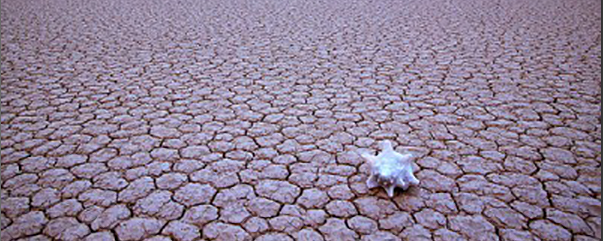iOS 7 What is New?
After years of continuous development and updates, Apple comes with its most advanced and functional mobile operating system in the entire world — the new iOS 7. Although the iOS 5 and iOS 6 represented some of the greatest developments from Apple; the new iOS 7 promises a higher number of features and options, which make it the most valuable foundation for the iPhone, iPod touch and iPad.
Compared to the other operating systems developed by Apple, iOS 7 constitutes a great change in terms of features, availability, functionality and appearance, as it makes the iPhone 5 the best possible smartphone in existence. The iOS 7 combines some the old features of iOS 6 with some new and novel ones, which make using Apple devices more pleasant and entertaining. IOS 7 supports numerous Apple devices, including fifth-generation iPod Touch, iPad, iPad mini, iPhone 4, 4S, Sand 5S, and this new operating system is easier-to-use compared to previous versions.
iOS 7 provides Apple device users a new and improved appearance, which is totally different from the other operating systems developed previously. The design concept is more visually bright and attractive and it does not include the common textures anymore – a more muted 2d look is apparent. However, you can easily observe the basic design items and techniques present in this new operating system, including the faux-glass reflections on icons and many surfaces covered in green. The icons of the applications have also changed and appear visually different, as most of the old icons were replaced with new ones, creating an engaging and very functional design for Apple devices.
There are many iOS 6 applications which were completely replaced, while some of them remained for the new iOS 7. But whether they were replaced or not, the iOS 7 offers all the applications a better look and a more modern design, which does not include beveled color contrasts as the older Apple operating systems do. The main point regarding iOS 7 applications is that they have similar functionality and they work the same way as iOS 6 did. Even though there is a very observable similarity between these two operating systems, most iPhone and iPad users were delighted by the new look of the iOS 7 icons and applications.
The Application Store of the new iOS 7 and the old iOS 6 are pretty much alike, but iOS 7 is better organized and the applications are actually updated by themselves. As we mentioned before, the iOS 7 is based more on simplicity and less on initial visual luxury (perhaps), so the overall aspect of the Application Store is a little more simple, but still extremely professional, as well. This make it easier for users to use Apple devices which include the iOS 7. There are many features which were improved at a great deal in case of the iOS 7, as most of them got a more simple and effective design, which offers more advantages and ease of usage. Compared to other smartphones, Apple iOS 7 devices include a ‘Search’ box in the calendar, along with numerous other additional features which make using it more efficient.
Most of the ‘most used’ applications are now a slide away, on the home screen a slide upwards with the finger reveals the main apps such as the sleep mode, plane mode, bluetooth and more.
The maps application has changed with the new iOS 7 and completely different from the iOS 6. First of all, apart from having a better overall design, the directions do not look like road signs anymore and they have a very simple and good-looking aspect: no luxurious text, no complicated directions, only simple and very effective design for users. But there is also a very important details regarding the iOS 7 developed by Apple: it provides certain indications and directions and it can identify any location on the map accurately within a few seconds.
When it comes to the external functions of iOS 7, the users can enjoy very high quality photos and smart groupings of photos, which allow them to see all their shots in ‘Years’, ‘Collections’ and ‘Moments’, three groupings that improve the overall performance of iOS 7 and the user experience, as well. Additionally, there are many new music features included, which allow the users to create playlists based on their mood, listen to radio, and add all the songs they like to their personal collection, along with a very good-looking Game Center with a great number of opportunities and options.
iOS 7 provides security and safety for all the Apple device users, which include built-in security and they help the overall performance of the device, keeping it safe from any spyware or harmful external factors. According to the Apple developers, iOS 7 is meant to take care of your privacy and therefore the data from your iPhone, iPad or iPod is constantly protected. The most appropriate example in this regard are some of the applications: if another device requests data (such as the location) of your device, it is necessary to receive your permission first. Most smartphones do not provide this useful feature to the users and this is why their privacy is always endangered.
If we refer to the battery life of the new iOS 7, we can easily say that it does not include really any performance enhancements and it is rather similar to the iOS 6. Although it was supposed to involve some improvements, the battery of the iOS 7 is actually less durable compared to the iOS 6 and thereby this operating system has a few inconveniences, as well. Analyzing completely all these aspects and taking into account all the features and updates, we can say that iOS 7 represents a great improvement from Apple, because it offers a better user experience and people are able to store all their activities using a few taps on the device screen. The public opinion regarding this aspect is very positive and the iOS 7 is becoming more and more popular by the day, as the advantages of using this operating system are many and the satisfaction users obtained is higher than ever before.

















